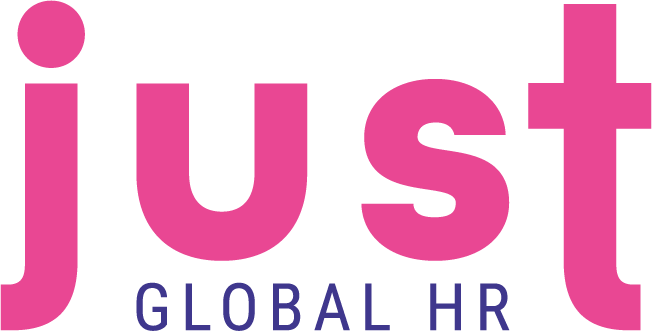Preparing for a return to work
As we slowly wave goodbye to our webcams and try to remember to get dressed on the bottom half too, people may have mixed feelings about a return to the workplace.
Research has been conducted this past year about what the future of working will look like, and most studies conclude that people would prefer a hybrid model of working from home (WFH) and in-person: 87% of UK office workers in one case.
Despite this, ‘the office’ is not dead yet. Only 26% of workers in this study wanted to WFH all the time.
There are definite benefits to returning to work, from increased productivity, to ease of building client relationships, to socialisation with someone other than your dog.
Whilst some may be excited and anxious to get back in the social sphere, for some this prospect could be daunting.
We believe that successful ‘reboarding’ of colleagues to an in-person environment will ensure that the values outweigh the potential costs.
A three-fold model may be useful when considering how to maximise the benefits of a return to work.
Comfort
We have had health and safety drilled into us from all sides for over a year now, so whilst hygiene and a solid COVID-19 health policy is essential for any business, we will focus on comfort in the psychological sense.
For many, a year without social interaction has left us feeling unprepared and potentially daunted by a return to frequent conversation and learning to smile with a mask on.
Consider especially those colleagues who are new hires, or employees who you have been working alongside for a year but have never actually met.
In a collaborative work environment, the social aspect of work is essential, so whilst socialising should be encouraged, take care to be mindful that everyone adapts at their own pace. Be kind.
You can do this by reaching out and learning from your employees: they know better than anyone what would make their transition seamless.
Organising social events is also a good idea, especially for businesses with new hires. People work best when they feel as though they can ask and learn in a non-judgemental environment, made all the easier by knowing friendly faces in the workplace.
Values
Every business is different. A melting-pot of people, ideas, and what makes your company tick. Returning to work can be a useful time to step back and consider why you are doing so.
Does having people back in the office mean that you can be more collaborative?
Does it mean an increase in creativity, where ideas are bounced off one-another?
Or
Does your business place a great emphasis on personal projects and pursuing development?
Do you encourage flexibility in the kinds of work your employees are doing?
Managers have an exciting opportunity to truly think about what WFH has taken away or perhaps added to your employees’ work, and to incorporate these things into a fresh look at working in person.
For example, if collaboration is most important, is there a way to update the office layout to better encourage this? If passion projects are helpful for your business, can time be set aside for this, or a platform created to allow for this?
By considering your specific business values, a return to work does not have to be a daunting prospect but can provide a catalyst for productive change.
Flexibility
This year more than any in our lifetimes has encouraged people to realise what is important to them.
As a result, a rigid management structure who insists on a return to the office when and how they say so, without having adapted to what people want, will no longer work.
Family, pets, nature, art, food: all things potentially taken for granted before that for the past year have provided solace and may now be the pinnacle of people’s lives, something not easily given up. As a manager, business owner or employee, it is important that we all understand this change in mindset and adapt accordingly.
Yet there are huge benefits, both to the business and to employee’s mental health and social lives, to returning to work. To prepare for a return, we all need to be transparent and work together to find mutually beneficial solutions.
The best way to understand what your employees’ values is to speak to them. Whether it is updating individual contracts to a hybrid model, or something as simple as allowing time to continue with the passions and projects developed this past year.
So, as we begin to return to our pre-COVID face-to-face workplaces, we need to ensure that doing so is truly going to enhance our work. You can do this by keeping the company values and the comfort and safety of employees at the forefront of decision making.
Remember, it has been a strange year and it is perfectly normal to be hesitant or wanting to return to work and socialising at a slower pace. The best way to do this is by starting a dialogue. Speak about your needs as we enter a truly exciting period of person-centred working.
